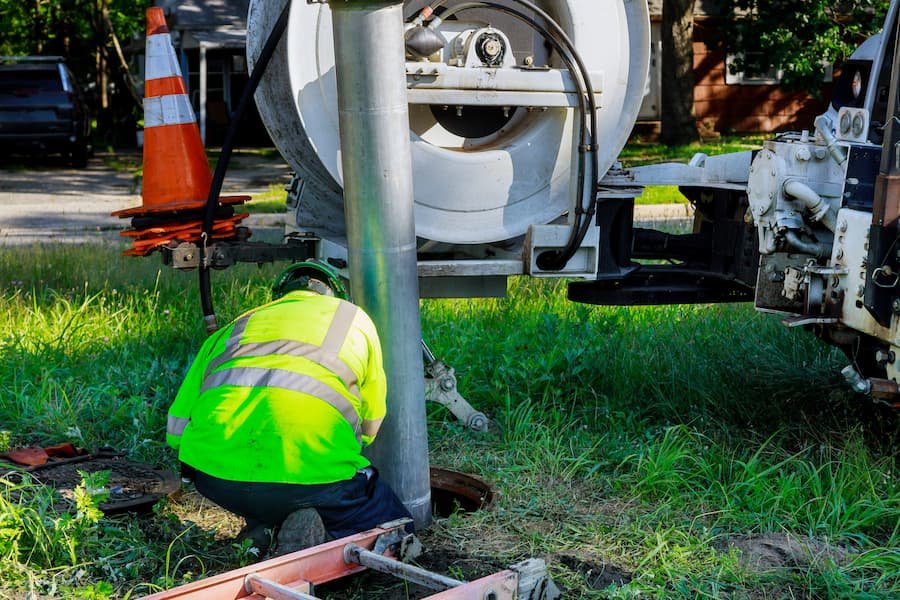Trenchless sewer repair provides many benefits to every homeowner. Generally, it saves time as repair workers don’t need to dig. Because of this, it could be ideal for limited spaces. Furthermore, it prevents the repair from damaging the property and environment. When properly done, the fixed sewage system is usually expected to be in excellent condition for a long time.
Suppose your sewer lines need repairs. In that case, you may consider opting for a trenchless technique or sewing repairs without digging. To further understand its process, you may need to know how it works. For that purpose, here’s an article to guide you. So, read on.
Table of Contents
1. Prepare The Materials And Equipment
To make the most of trenchless sewer repair, you may need to complete the necessary materials in repairing your lines, especially in CIPP (cured-in-place-pipe) lining. For this purpose, you may need some CIPP lining accessories, including the following:
- high-frequency seamed tubes
- pull tapes
- hold-back devices
- turn ropes
Apart from the materials vital in curing damaged tubes and repairing other sewer line issues, you may need some equipment for better fitting and fixing. These may include the following:
- Water Line Slitters
This equipment tugs a replacement line toward a damaged one. It also ensures that the new line is fit and placed seamlessly.
- Hydraulic Pumps
If you prefer the pipe bursting method, you need these pumps to take control of the process.
- Pullers
These devices burst dilapidated and broken pipes and sewer lines in various sizes and lengths.
2. Inspect The Area
After preparing the needed materials and equipment, you can start looking for the sewer line on your property. Then, examine the area where the damaged sewer lines are situated. That way, you could determine the degree of damage and size up the spaces where you’d work at. You may take photos or record a video before you start working to better look at the situation.
Based on the inspection, you could come up with the time and expense needed for the job. It may also help you in selecting appropriate trenchless repair and replacement approaches, such as:
- Horizontal Boring
It uses a surface-launched drilling rig in installing underground utilities, such as conduits and cables.
- Slip Lining
It installs and inserts a smaller pipe so-called carrier into a bigger one, sealing the ends and filling the ringed spaces.
- Pipe Bursting
This approach uses hydraulics, static pull, or pneumatic equipment in replacing old and damaged lines.
- CIPP Lining
This process uses epoxy to fix the cracks internally, reinforcing the entire pipe system.

3. De-clog The Pipes
In many cases, the worker uses a hydro-jetter to remove any obstructions, including hardened soil, tree roots, and debris. On the other hand, high-end industrial sewage cleaners generally use foam pigs to clean the pipelines. Once the pipes are free from clogs, you may start digging two holes for access points, especially in the CIPP lining method.
4. Fix The Pipes
You may begin the procedure when you have chosen the suitable trenchless repair and replacement for your sewer lines. For CIPP lining and similar approaches, you may need to prepare the epoxy first in a separate bucket. The epoxy is later added to the liner and saturate the liner’s fibers with the resin.
The liner is forced through an existing sewer line with a load inversion tank. The inversion tank provides the air that pushes the liner against the walls and sides of the damaged pipes. After the resin hardens, a ‘new pipe’ is made.
The repair and replacement may include inserting new but smaller pipes after pulling or pushing out the old ones for other approaches. Some trenchless procedures, such as horizontal boring, may require minimal digging.
5. Check And Clean The Pipes
After the repair, you may run a video inspection to check the changes and see whether or not the process is successful. If the repair has met its standards, you could proceed to clean the area. You may use a power washer to get rid of the dirt and grime that result from the boring and sealing.
For better and more durable pipe repair and replacement, you may need to run maintenance checks regularly. You may examine the pipes through video inspection to determine the frame and pipe condition, presence of corrosion, misalignments, cracks, and other structural issues.
Wrapping Up
If you’re looking for a modern yet cost-effective way to repair your damaged sewer lines, you may consider trenchless methods. These have several types, and each may fit a particular pipe problem. In choosing the kind that’d suit your sewer lines, you may consider your budget, logistics, and service provider. Above all, think about the degree of damage.
Suppose you’re planning to repair your pipes anytime sooner. In that case, you may start looking for a seasoned sewer technician to provide you with the services you deserve. You may refer to this article to better understand trenchless technology and how it’d be advantageous for you.
Read also: How to Get Water Stains out of Leather Car Seats for DIY

